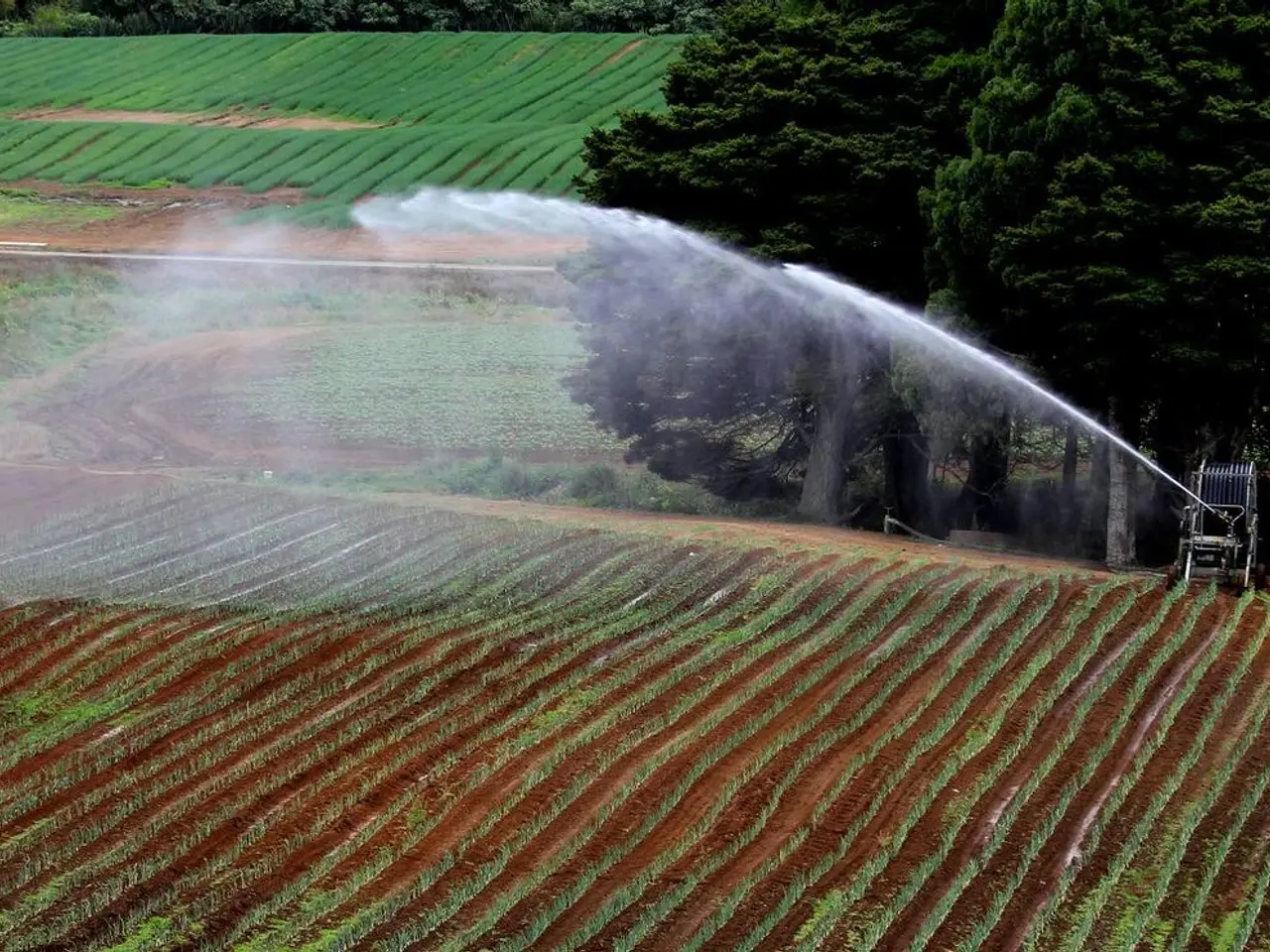Unveiling AI Riches: A New Era of Prosperity
The global mining industry is witnessing a surge in demand for minerals and metals, particularly those critical for the global energy transition. This transformation has led to an increased focus on the use of artificial intelligence (AI) and machine learning (ML) to optimize efficiency, enhance safety, and combat illegal mining.
Optimizing Efficiency
AI-driven predictive analytics are revolutionizing mineral exploration by creating more accurate and dynamic geological models. These models enable better mine planning, blast design, and extraction schedules, thereby maximizing resource yields and operational efficiency. Companies like Rio Tinto are utilizing ML algorithms to continuously update 3D ore body models from multiple data sources, improving extraction precision and economic return.
AI also streamlines supply chain and fleet logistics, reducing operational costs while increasing throughput. The autonomous mining equipment market is projected to expand significantly in the near future.
Enhancing Safety
AI-powered drones and remote sensing technologies are mapping mining sites and detecting hazards, improving worker safety and environmental compliance. Intelligent lighting systems controlled by AI reduce energy consumption and create safer mine environments. Real-time monitoring using AI helps manage environmental and occupational risks, enhancing worker welfare.
Combating Illegal Mining
Satellite imagery combined with AI analytics allows real-time detection and mapping of illegal mining activities, especially in sensitive regions like the Democratic Republic of Congo and Ghana. AI helps track land use changes and unauthorized exploitation, supporting enforcement and regulatory compliance. Additionally, blockchain combined with AI ensures traceability and authenticity of minerals throughout the supply chain, deterring illegal trade.
Sustainability and Environmental Management
AI assists in energy management and emissions tracking to minimize environmental impacts. It supports ESG (Environmental, Social, Governance) compliance by documenting carbon footprints, water usage, and reclamation activities.
The deployment of AI-enabled surveillance systems in the mining industry carries substantial financial costs, with some companies spending over $500,000 annually on security technology. Despite the costs, the benefits of AI in the mining sector are undeniable. For instance, Gold Fields' Tarkwa mine in Ghana has encountered abandoned equipment and contaminated water due to illegal mining activities. Mining companies like Gold Fields have adopted surveillance drones equipped with AI threat detection algorithms and thermal imaging capabilities to combat these issues.
AI is being positioned to minimize environmental damage in deep-sea mining through optimized equipment usage, enhanced energy efficiency, and real-time environmental monitoring. AI is enabling unprecedented accuracy in resource extraction, and modern AI systems are transforming mineral exploration by processing vast quantities of geological data, satellite imagery, and historical mining records.
AI improves safety in mining by integrating smart sensors and cameras that monitor hazardous environments, detect equipment malfunctions, and track worker safety. Machine learning algorithms excel at identifying subtle patterns and correlations within complex datasets that might escape human analysis. AI-driven systems continuously monitor environmental factors, including air and water quality, and ensure regulatory compliance by analyzing usage patterns and identifying waste reduction opportunities.
AI-powered drones can detect early signs of slope instability, equipment wear, or gas leaks, often invisible to the naked eye, improving worker safety and reducing downtime. AI is also revolutionizing day-to-day mining operations by optimizing processes such as crushing, grinding, and flotation through real-time data analysis and parameter adjustment.
AI-driven monitoring systems can analyze data from sensors placed throughout mining sites to detect signs of structural weaknesses or potential equipment failures. Predictive maintenance is a critical AI application in the mining industry, with over 60% of mining companies forecasted to adopt AI-driven predictive maintenance this year.
AI has emerged as a transformative force in the mining industry, revolutionizing every aspect of mining. It is playing an increasingly pivotal role in transforming mining's environmental legacy, including monitoring mining's effects on ecosystems and waste management. Gold prices have soared past $3,300 per ounce, making the use of AI in the mining industry more critical than ever to maximize efficiency, enhance safety, and combat illegal activities.
- The financial sector is increasingly investing in artificial intelligence and machine learning technologies for the mining industry due to the surge in demand for critical minerals and metals, acknowledging the transformative potential of AI in maximizing resource yields, reducing operational costs, and improving safety measures, such as in Gold Fields' Tarkwa mine in Ghana.
- As the mining industry moves towards greater implementation of AI, technological advancements in artificial intelligence, particularly in predictive analytics, remote sensing technologies, and satellite imagery analysis, are expected to aide in fighting illegal mining activities, ensuring environmental compliance, and improving mining's overall environmental legacy.




